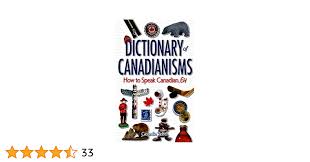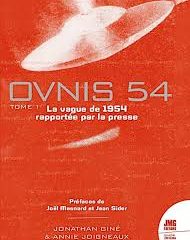Understanding the Dictionary of Canadianisms

Introduction
The Dictionary of Canadianisms is a vital resource that captures the unique linguistic characteristics of Canada. It encompasses the distinct words, expressions, and variations in phrasing that reflect the country’s rich multicultural heritage. As Canada continues to evolve linguistically, understanding these terms not only provides clarity in communication but also enhances appreciation for diverse Canadian identities.
What Are Canadianisms?
Canadianisms are words, phrases, or expressions that are characteristic of Canadian English. They often derive from the country’s historical ties with Indigenous languages, French, and the English settlers. For example, terms like “toonie” (referring to the two-dollar coin) and “double-double” (a coffee with two creams and two sugars from Tim Hortons) are quintessentially Canadian. This makes language a fascinating lens through which to explore Canadian culture.
Recent Developments
In 2023, the dictionary has seen a surge in interest, particularly among educators and linguists who aim to preserve and promote Canadian vernacular. Initiatives by various universities and linguistic organizations have emerged, seeking to document and analyze new Canadianisms arising from social media, pop culture, and changing demographic dynamics. For instance, terms related to environmental consciousness and Indigenous rights have recently entered common usage, showcasing how Canadianisms evolve in response to societal changes.
Importance for Canadians
Understanding the Dictionary of Canadianisms is crucial for Canadians who wish to connect with their cultural roots. By using and recognizing these unique expressions, Canadians can foster a sense of community and belonging. Furthermore, increased awareness of Canadianisms can help immigrants and newcomers better understand the nuances of Canadian speech, aiding in their integration into Canadian society.
Conclusion
The Dictionary of Canadianisms is more than just a compendium of unique terms; it is a reflection of Canada’s historical and cultural landscape. As new generations encounter and interact with these expressions, they contribute to the evolving tapestry of the English language in Canada. By celebrating and preserving Canadianisms, Canadians not only enhance their linguistic identity but also cherish the multicultural threads that unite this vast and diverse nation.









